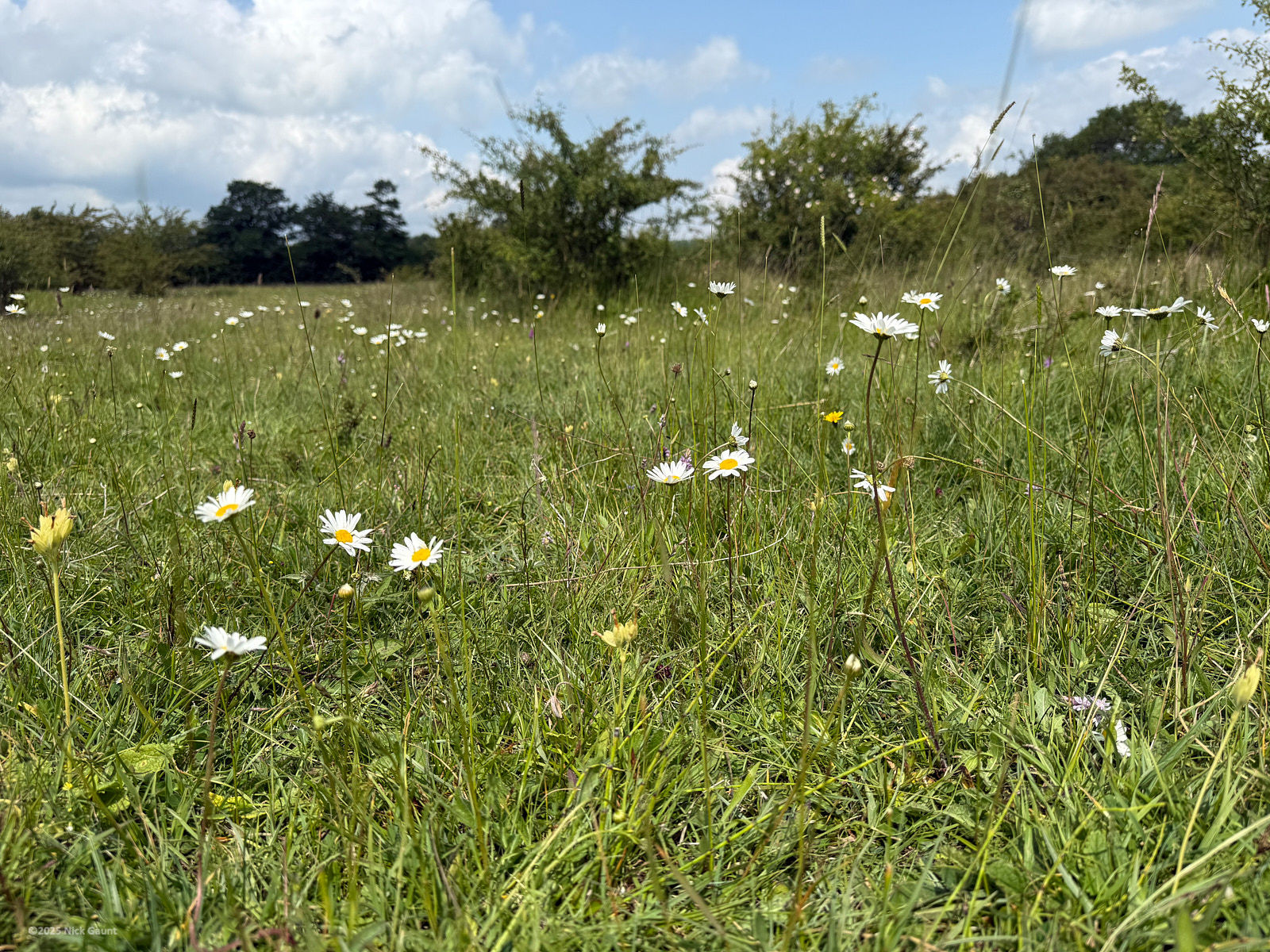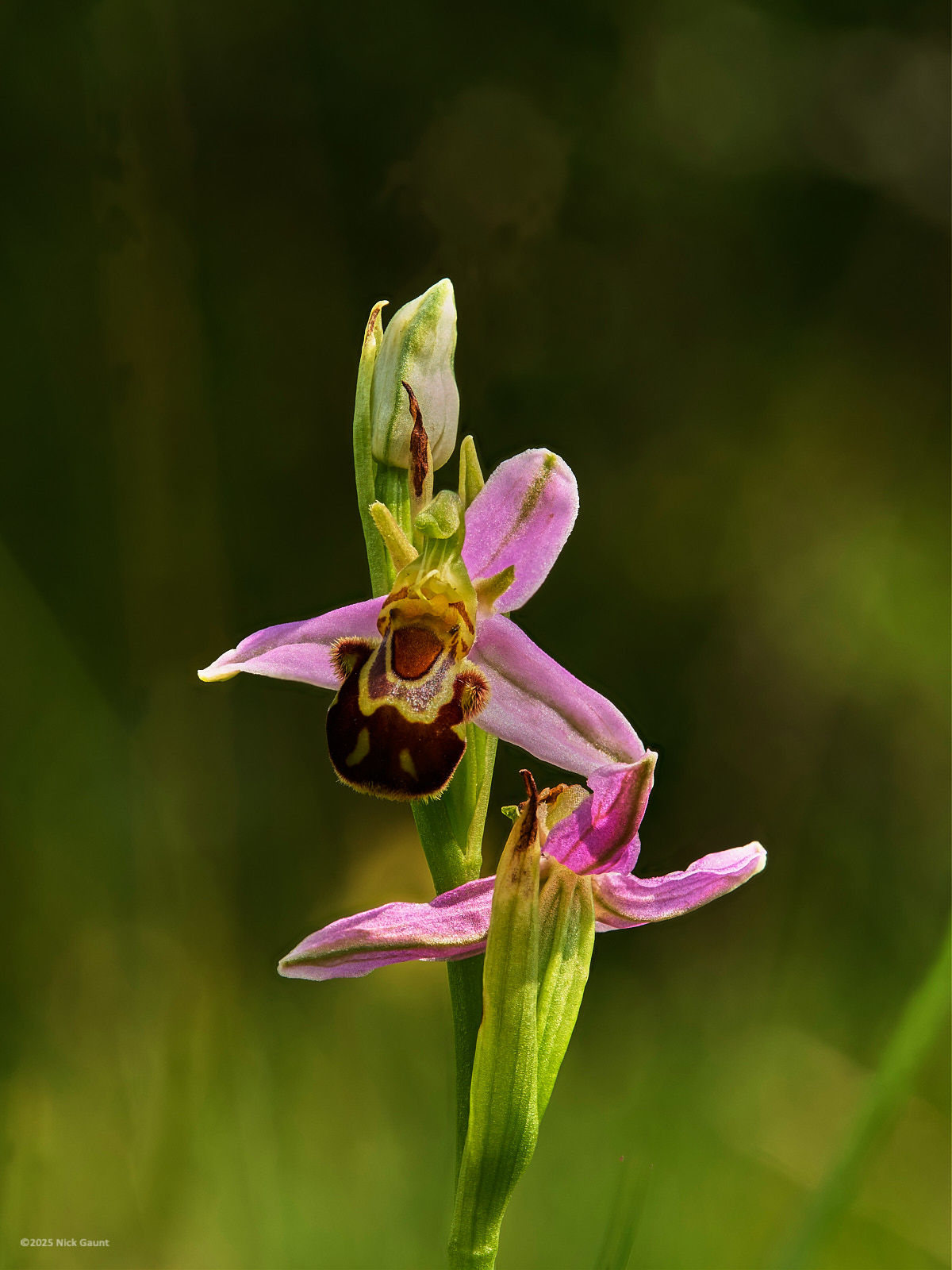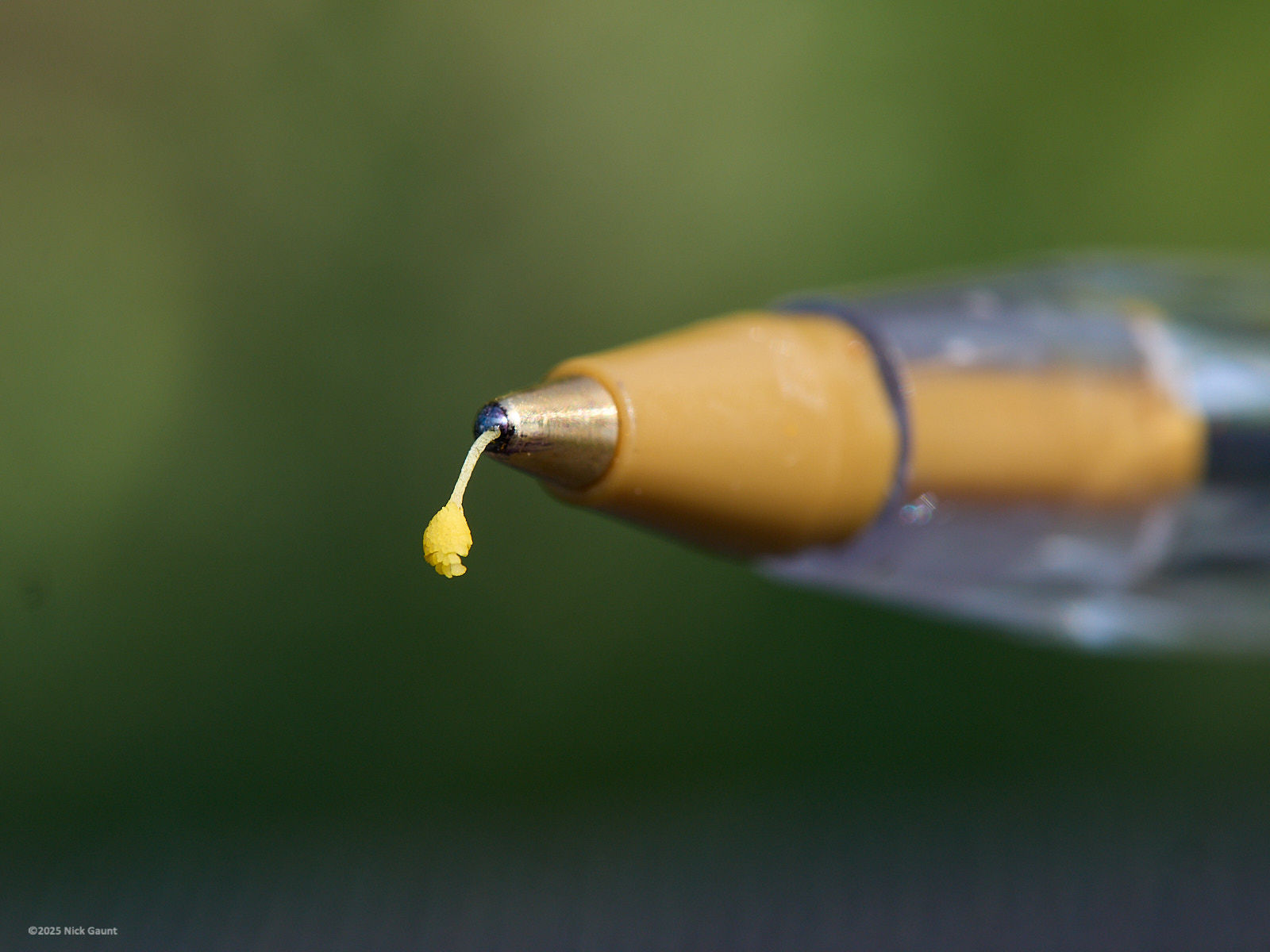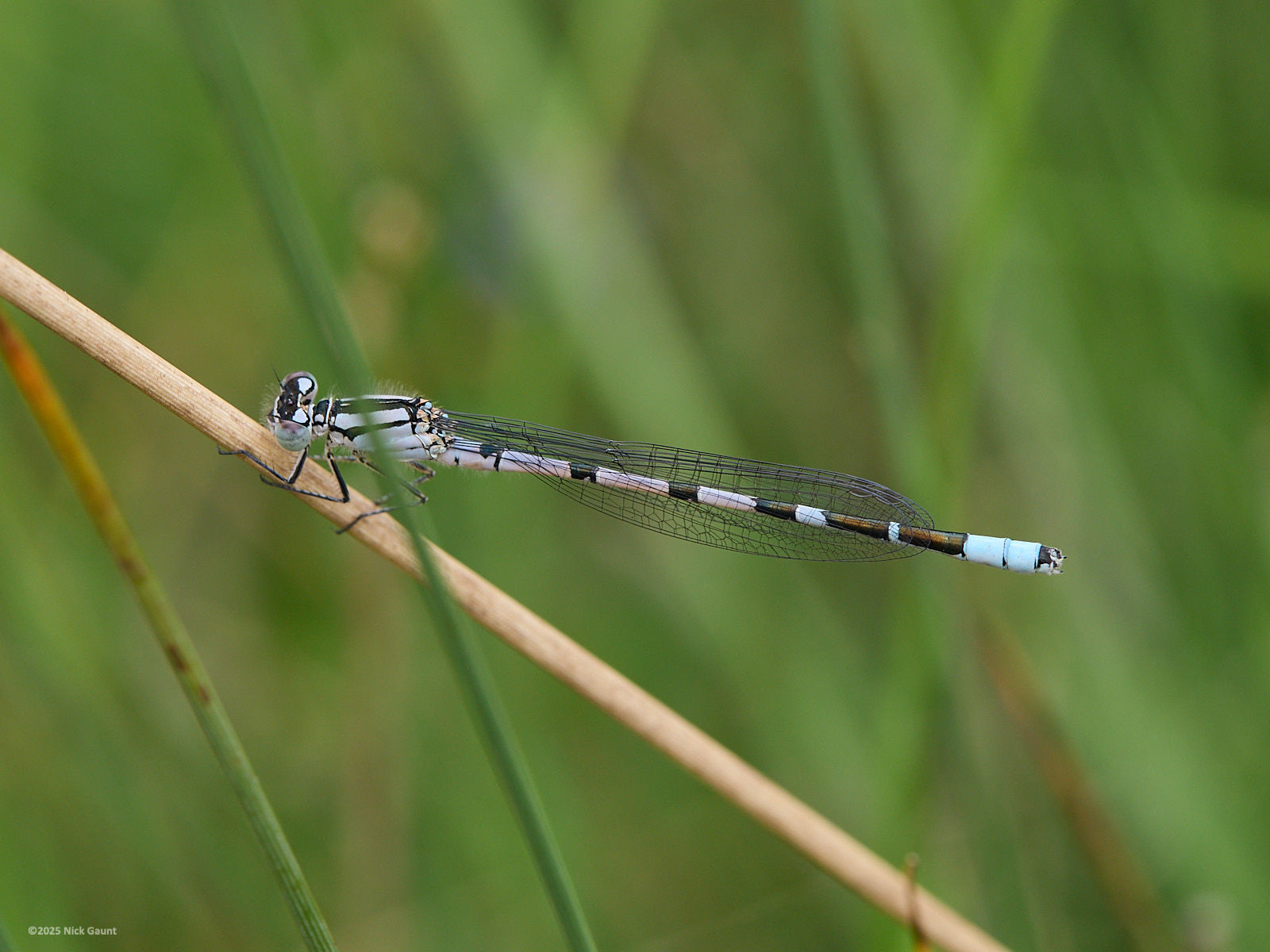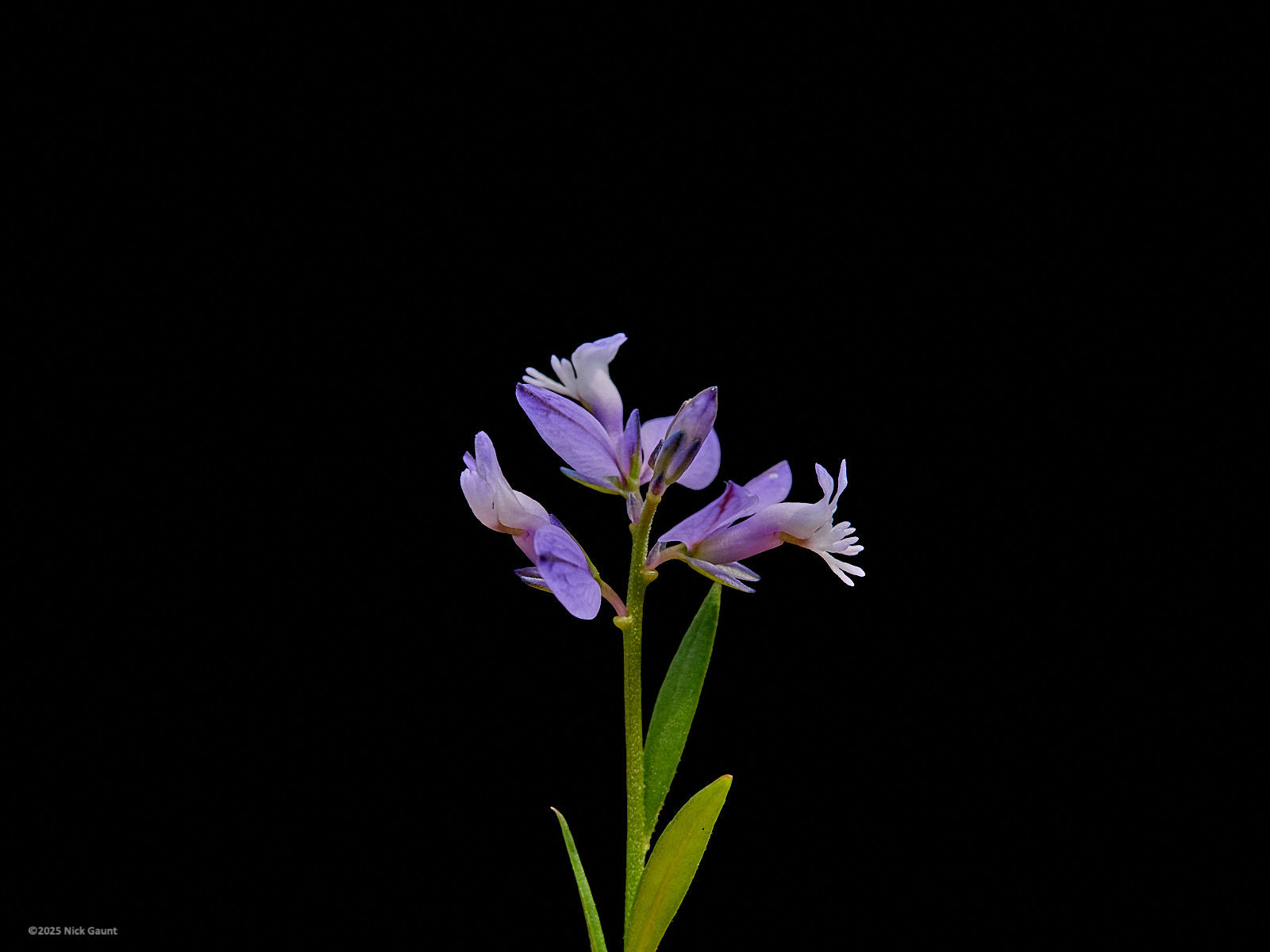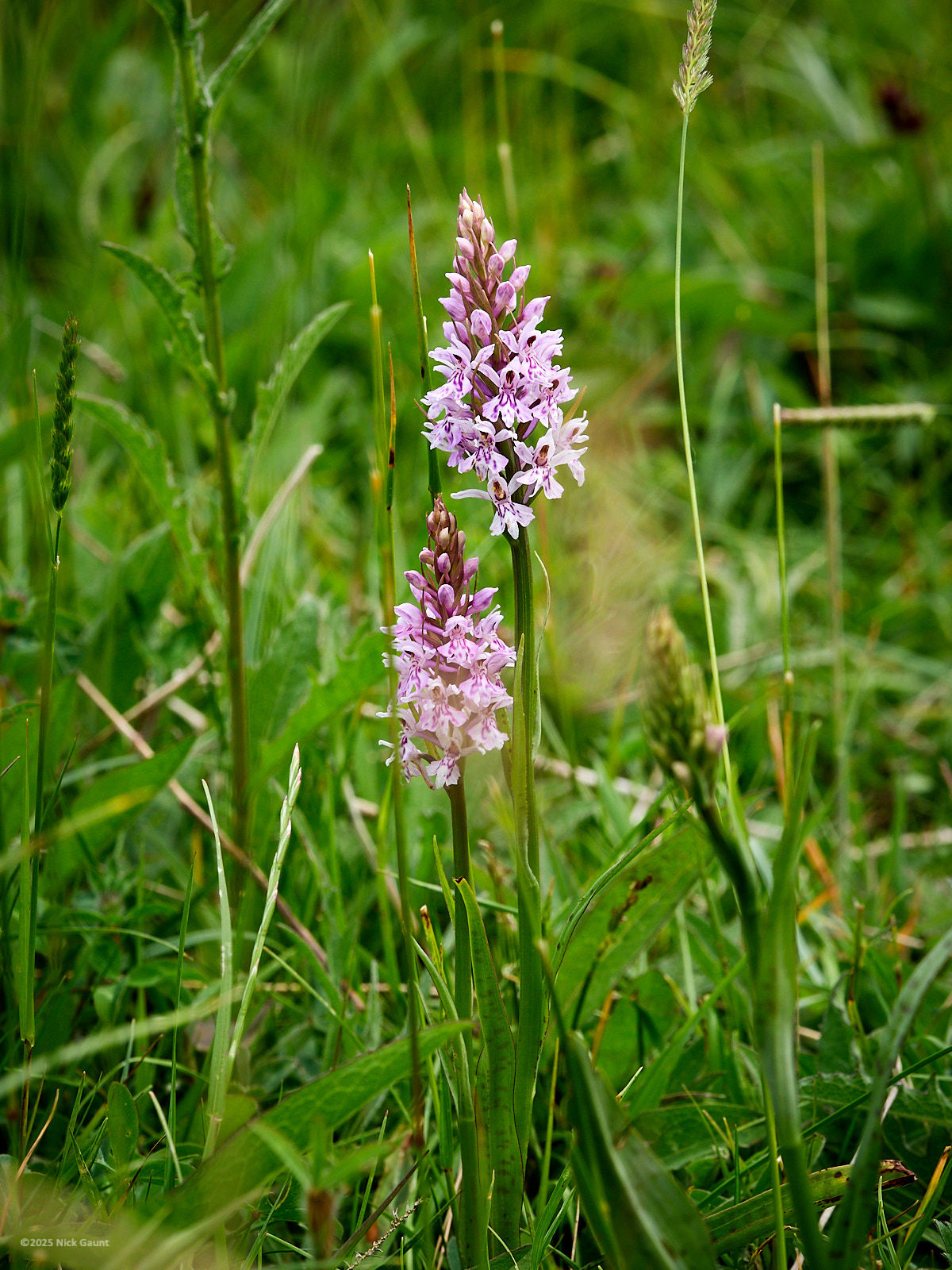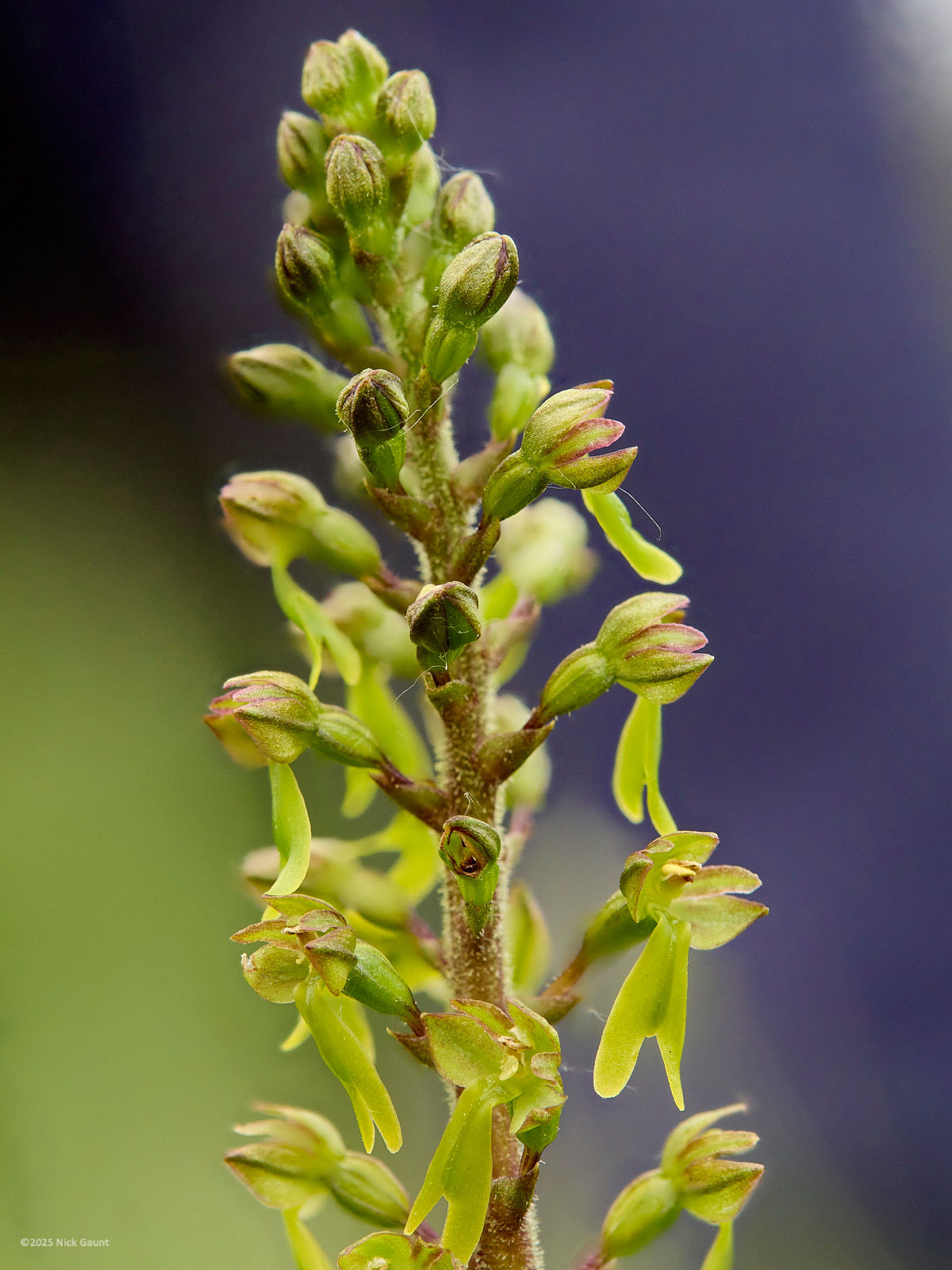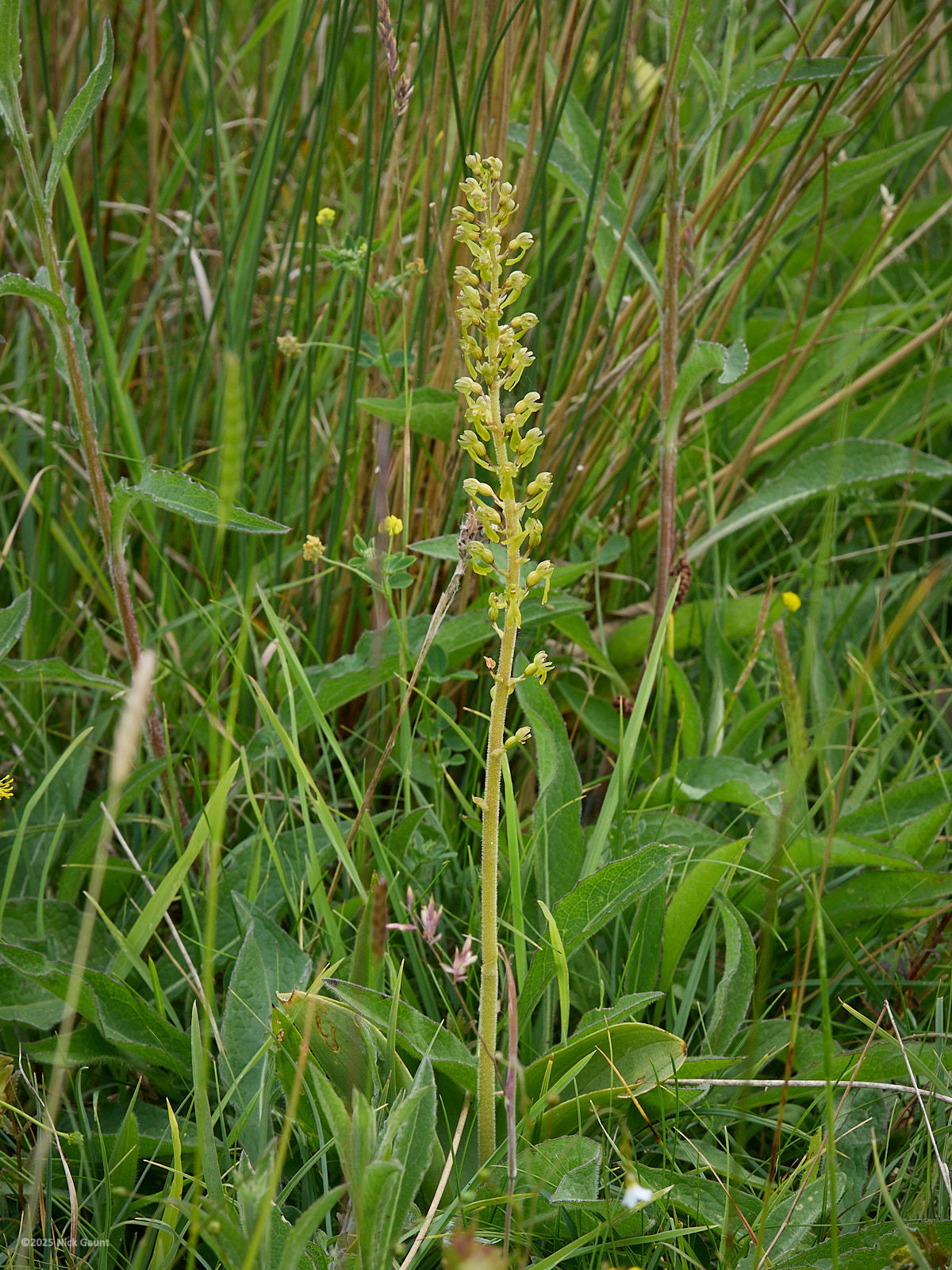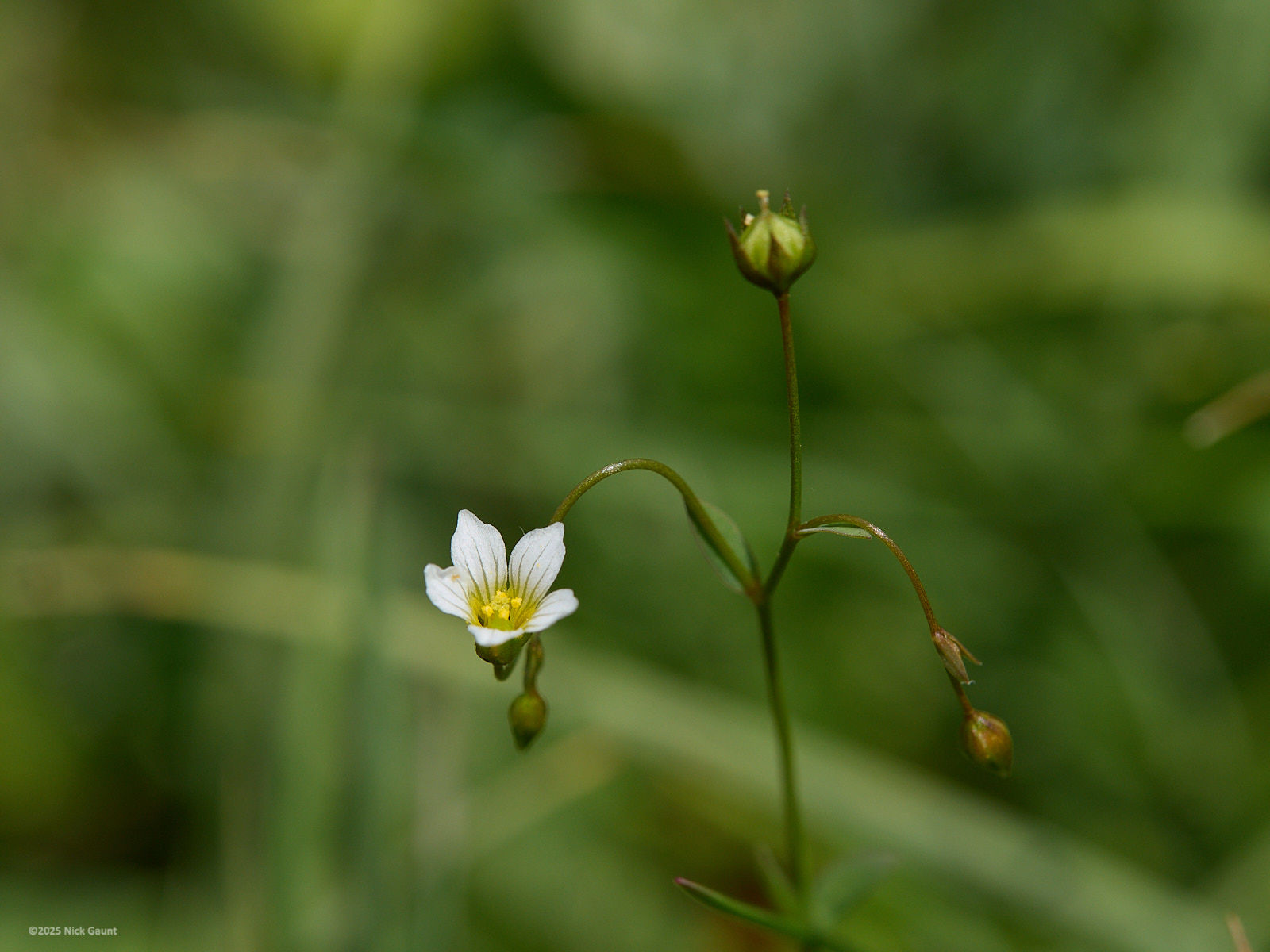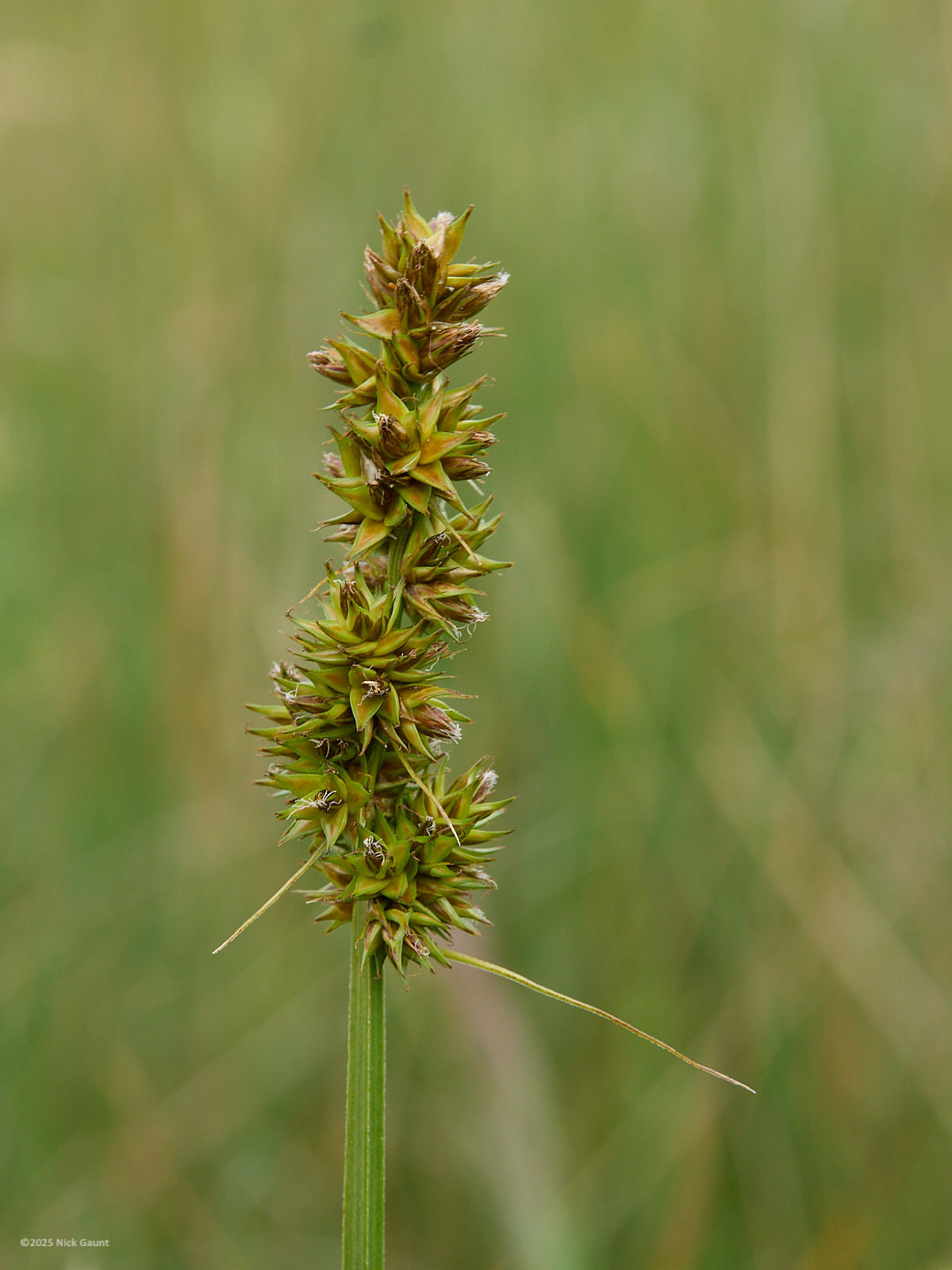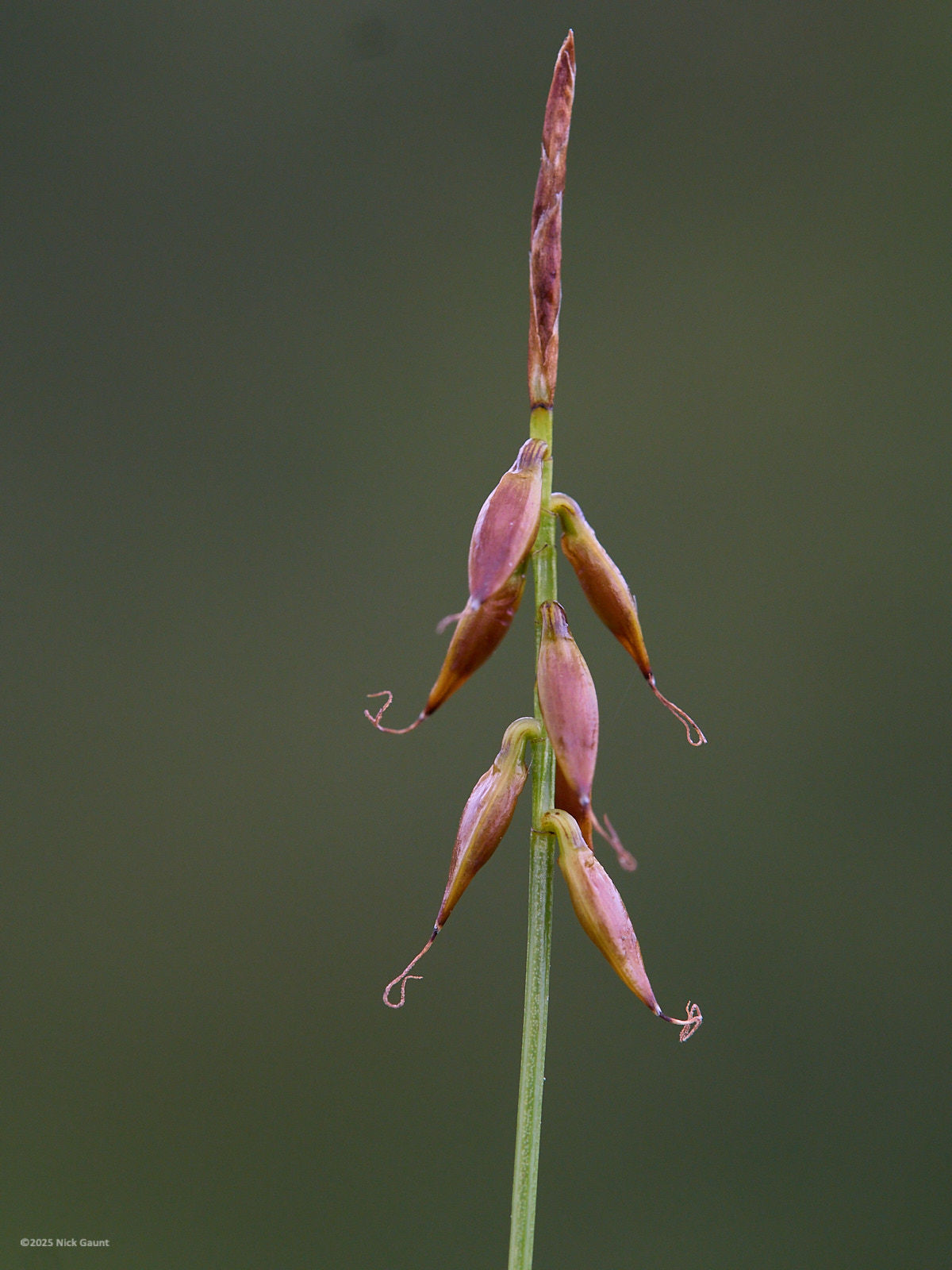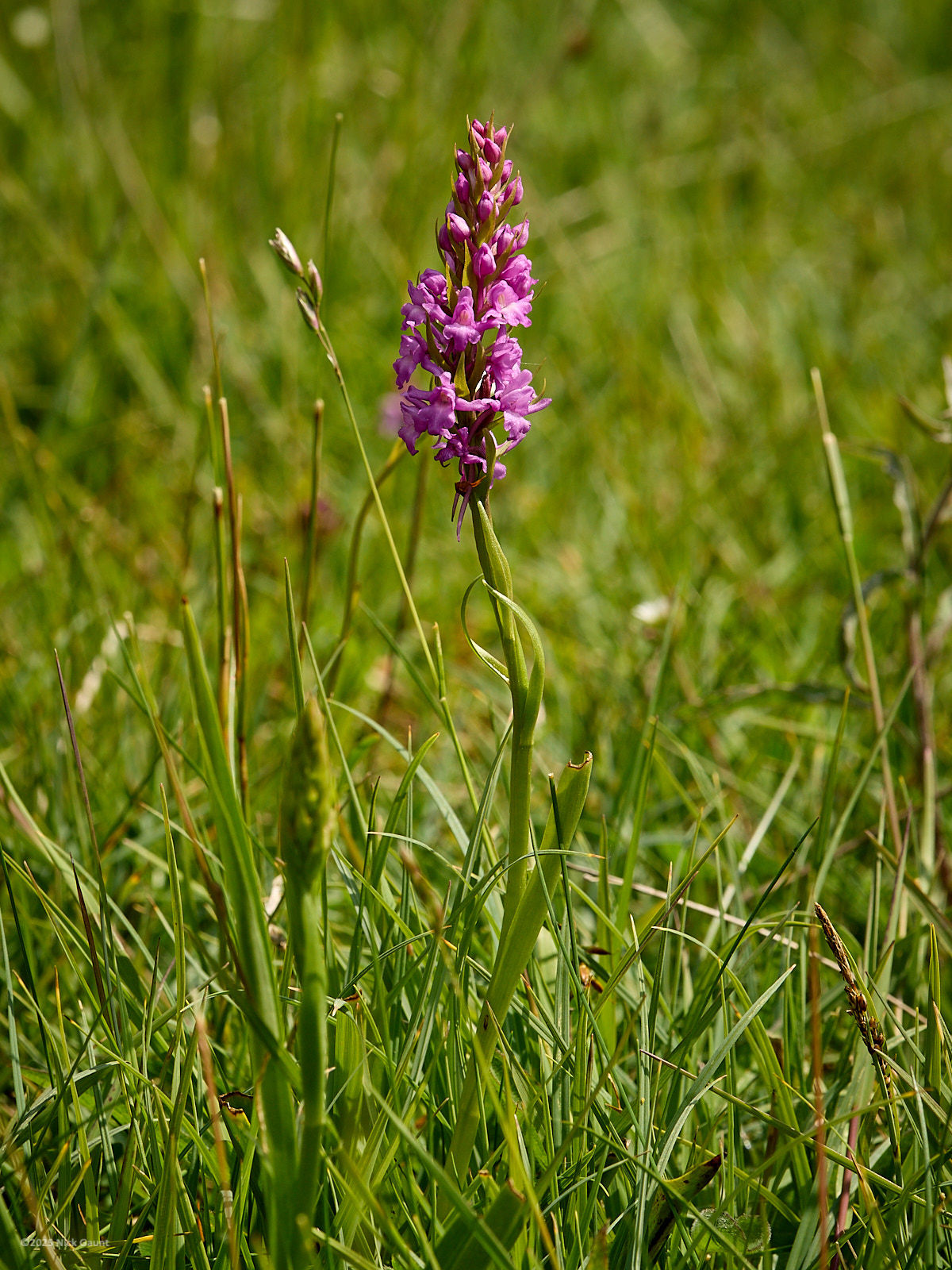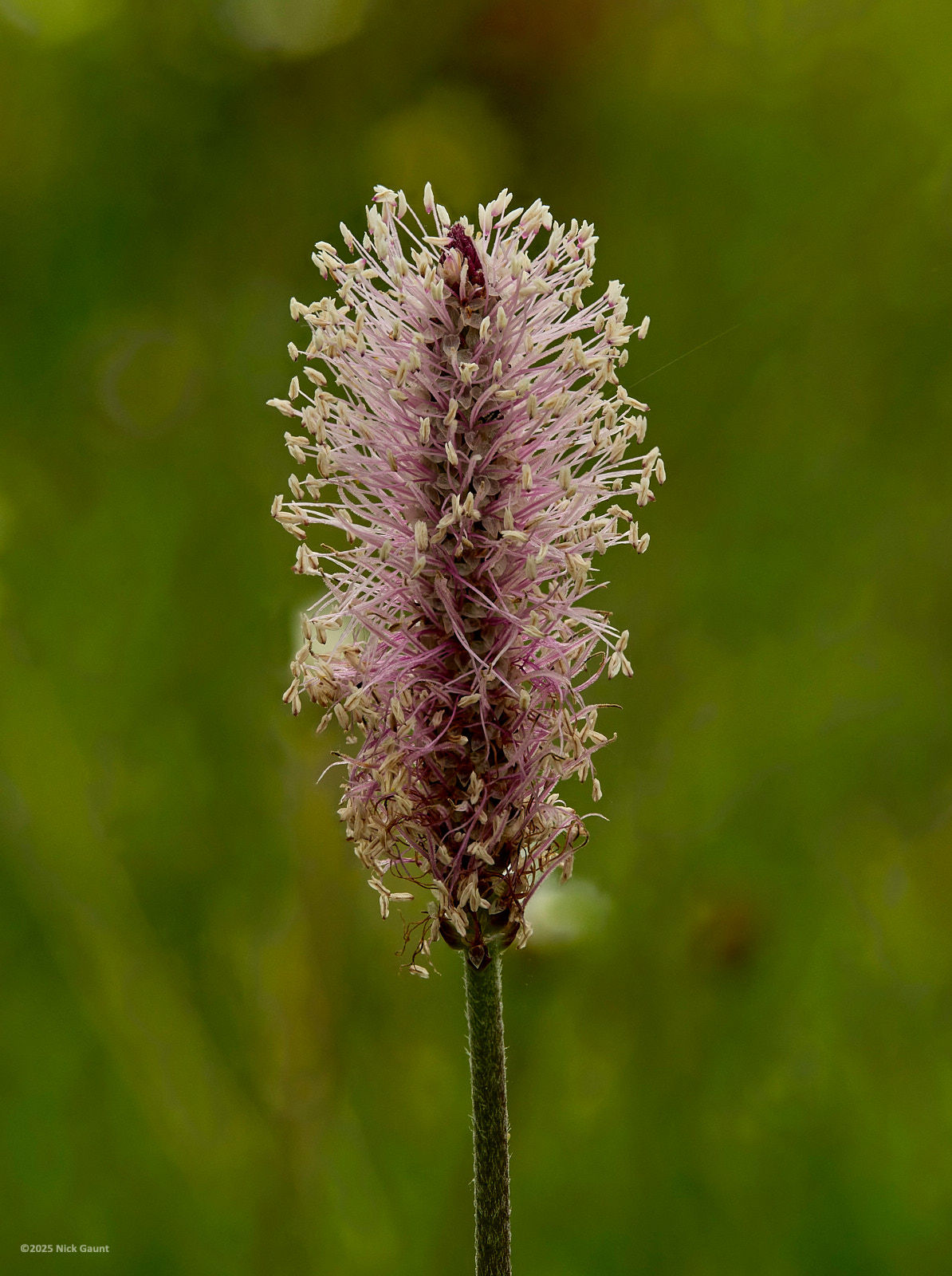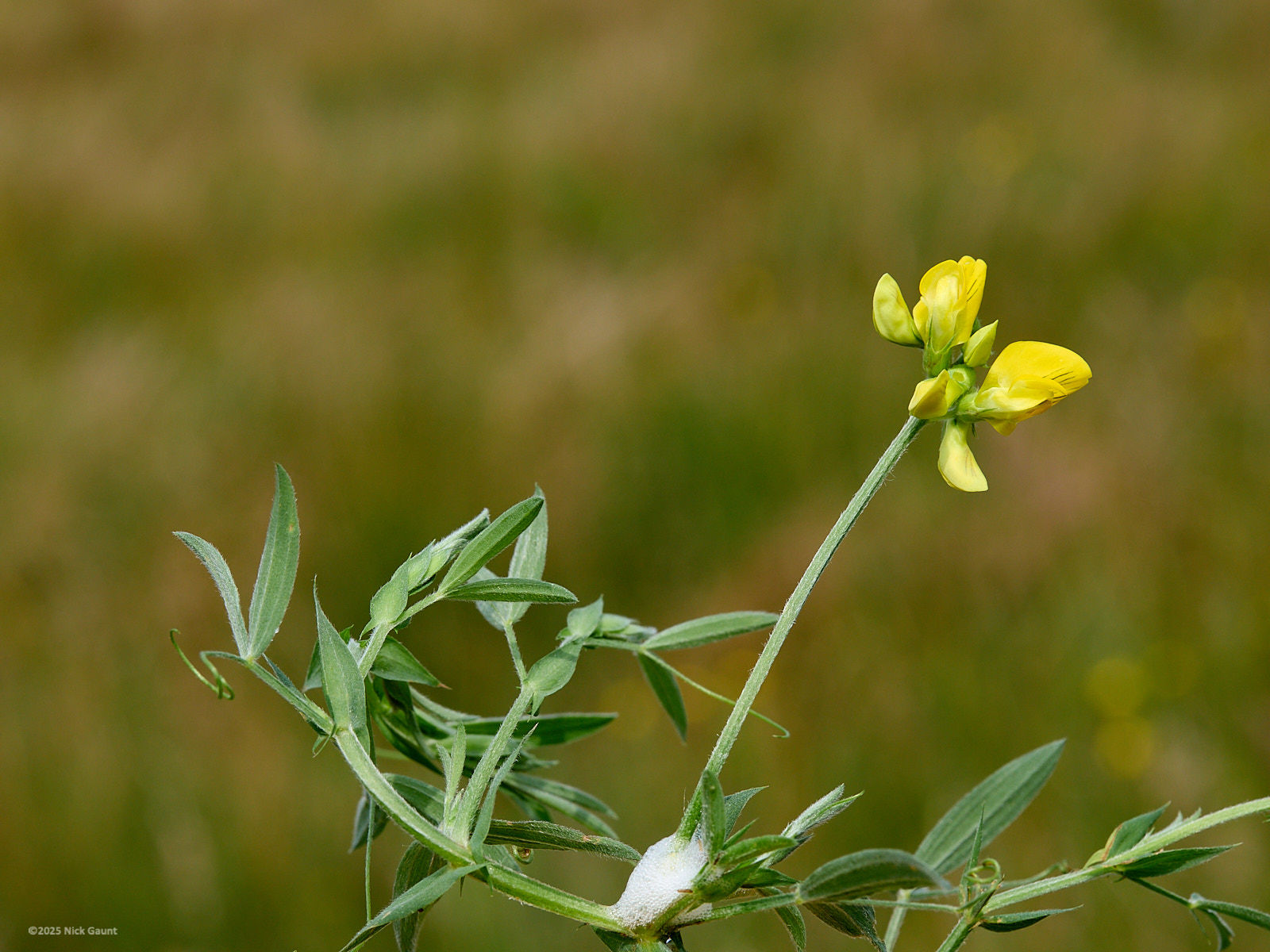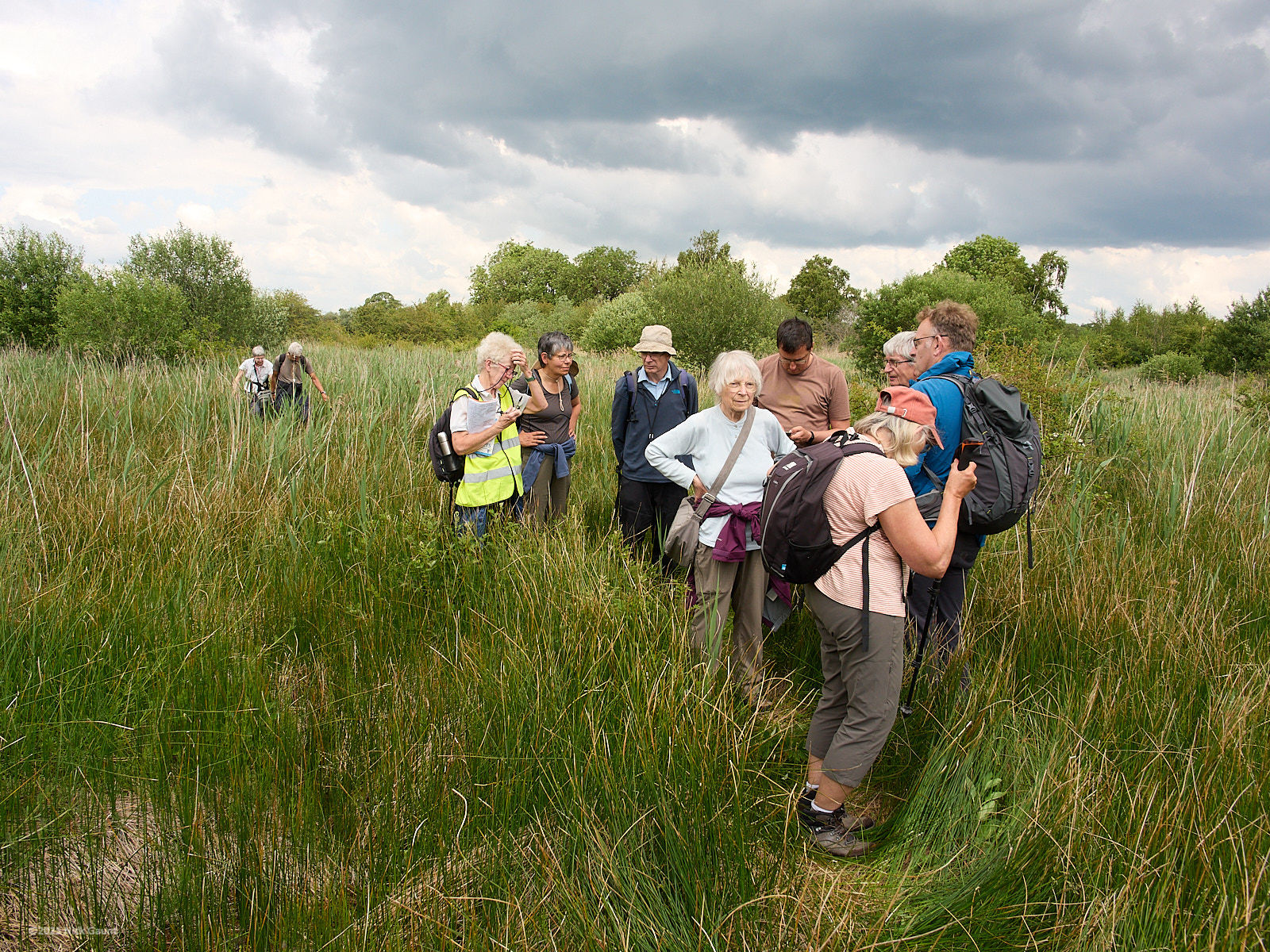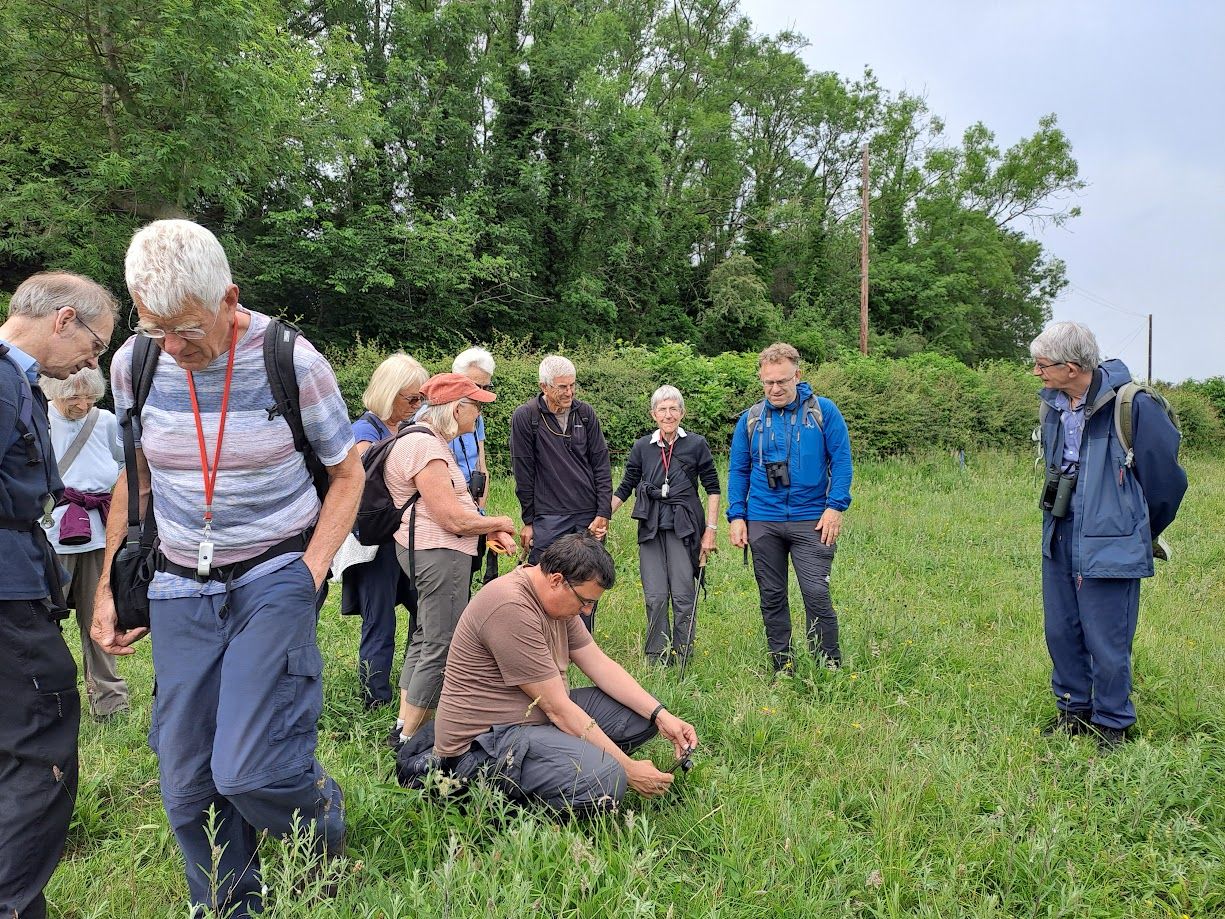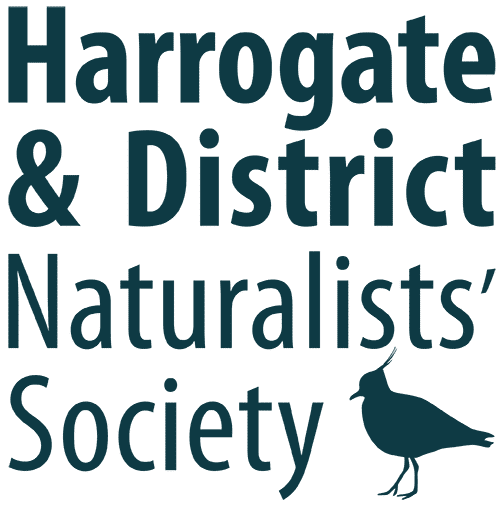An early arrival gave me time to walk around some of the back lanes of this attractive village. A few hedgerow plants were found, including Black Bryony (Tamus communis), White Bryony (Bryonia dioica), Common Mallow (Malva sylvestris) and Field Bindweed (Convolvulus arvensis).
The participants met at the southern end of the village at a well vegetated cutting into the Magnesian Limestone. Kevin said that over the years it had been largely naturally vegetated, but it was possibly the case that some species had been added by residents or by others. Notwithstanding the lack of rain, a large range of species was present, including Common Restharrow ( Ononis repens), Common Marjoram (Origanum vulgare), Wild Onion (Allium vineale), Pyramidal Orchid ( Anacamptis pyramidis), Clustered Bellflower (Campanula glomerata) and Kidney Vetch (Anthyllis vulneraria). Kevin also started to introduce us to some of the most common grasses.
We then walked west to enter the extensive, but in the past much larger area, known as Farnham Mires. Kevin explained that this area, long famous for its wild flowers, was formerly part of a much larger wetland and wet grassland area that had been much reduced by conversion to farmland and by drainage. The 1940’s saw attempts to convert it all into farmland, but campaigns against these actions, not least by botanists, proved successful, and, by the 1950’s the site had gained statutory protection as a SSSI, and some attempts at conservation and enhancement were undertaken. The site is now drier than it used to be, but part still has a spring and a stream. The site’s moisture is calcareous due to Magnesian Limestone underlying what are often shallow soils. Again the lack of rainfall must be having a considerable impact on the growth of the vegetation, but the number of species to be seen was nevertheless large.
Very broadly the site could be divided into two substantial elements, the first being calcareous grassland with the limestone just below the surface. Here plants included Rough Hawkbit (Leontodon hispidus), Cowslip (Primula veris), Heath Grass (Danthonia decumbens), Quaking Grass (Briza media), Flea Sedge (Carex pulicaris), Hoary Plantain (Plantago media) and Agrimony (Agrimonia eupatoria). Orchids were plentiful, largely Common Spotted Orchid (Dactylorhiza fuchsia) and Common Twayblade (Neottia ovata), but also Chalk Fragrant Orchid (Gymnadenia conopsea) which certainly had a perfume, and Bee Orchid (Ophrys apifera). Other plants included many Oxeye Daisy (Leucanthemum vulgare), Fairy Flax (Linum catharticum), Yellow Rattle (Rhinanthus minor), Dewberry (Rubus caesius) and Betony (Betonica officinalis).
Also there were Red Bartsia (Odontites vernus), Common Milkwort (Polygala calcarea), Adder’s Tongue (Ophioglossum vulgatum), Meadow Vetchling (Lathryus pratensis), Smooth Hawksbeard (Crepis capillaris), False Fox Sedge (Carex otrubae) and Carnation Sedge (Carex panicea).
The other element was a wet, fenced area, with a spring and stream, now much dominated by Common Reed (Phragmites australis). Here, the species mix was very different. A notable feature was the surface outlet of the spring being topped by a mound of Watercress (Nasturtium officinale). Other key finds were Parsley Water Dropwort (Oenanthe lachenalii), Woody Nightshade (Solanum nigrum) and Pepper Saxifrage (Silaum silaus). Also seen were Marsh Pennywort (Hydrocotyle vulgaris), Meadowsweet (Filipendula ulmaria), Marsh Valerian (Valeriana dioica), Ragged Robin (Silene flos-cuculi), Water Horsetail (Equisetum fluviatile), Water Mint (Mentha aquatica), Bittersweet (Solanum dulcamara) and Hard Rush (Juncus inflexus).
By now, the day was very warm and quite sultry, and with Kevin’s constant help, as seen in the plant list, many species had been seen, although, alas, grasses to at least some, not the least me, remained a relative mystery! We slowly wandered back into Farnham, very happy with what we had seen and heard. Personally, I think that I had encountered 8 plants that I had never seen before.
The group’s thanks are very much extended to Kevin.
Michael Harford.
